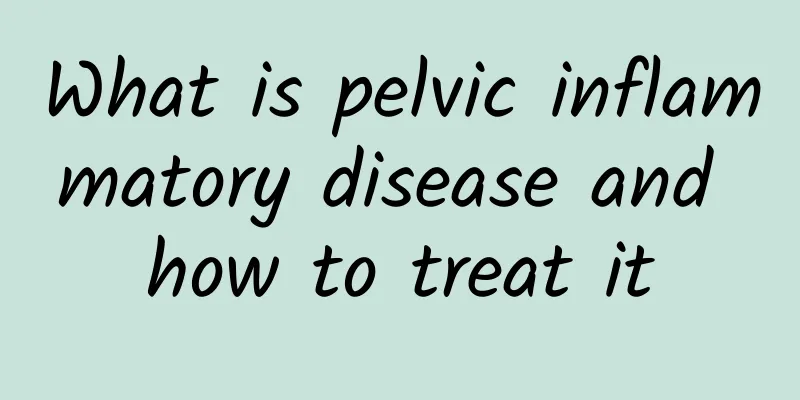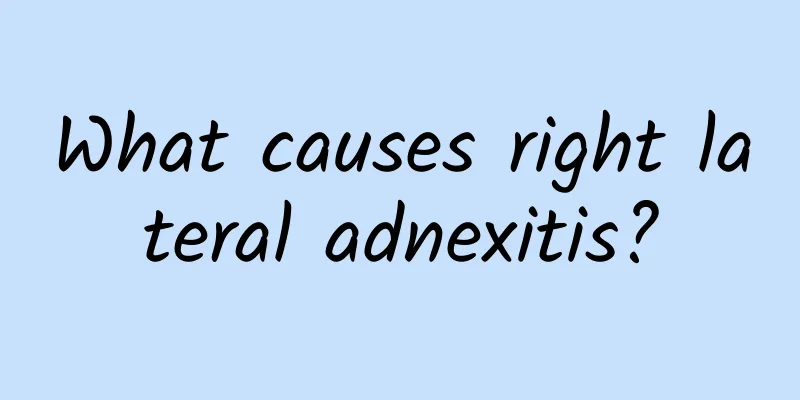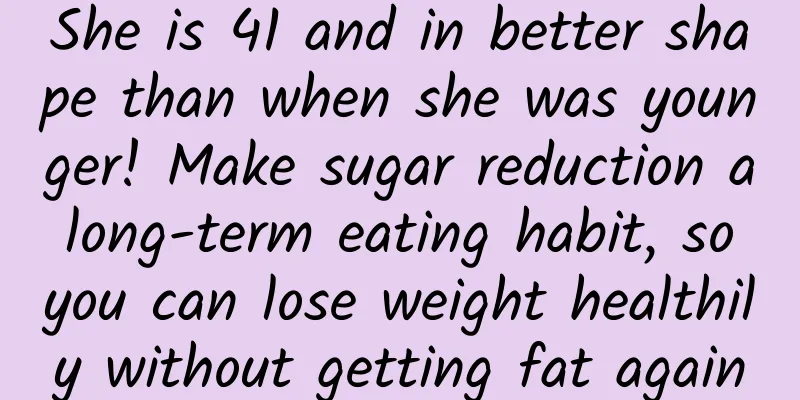What is pelvic inflammatory disease and how to treat it

|
As a type of gynecological disease, pelvic inflammatory disease has brought great harm to women's health. What are the causes of pelvic inflammatory disease? How can we effectively prevent the occurrence of pelvic inflammatory disease? And if we suffer from pelvic inflammatory disease, how should we effectively treat it? Pelvic inflammatory disease is a common gynecological disease, which is mostly caused by hygiene problems, personal hygiene, unclean sexual intercourse, etc. Therefore, you should first pay attention to the hygiene of your private parts in your daily life. The symptoms of acute pelvic inflammatory disease usually appear 7 to 14 days after infection. The treatment of pelvic inflammatory disease can be treated with shortwave therapy combined with drug treatment. Pelvic inflammatory disease refers to inflammation of the female internal reproductive organs and the surrounding connective tissue and pelvic peritoneum, and lower abdominal pain is the most significant and common symptom of patients with pelvic inflammatory disease. Women will experience lower abdominal pain after suffering from pelvic inflammatory disease. The main thing is to solve the lower abdominal pain caused by pelvic inflammatory disease and thoroughly treat pelvic inflammatory disease. When treating chronic pelvic inflammatory disease, it is necessary to improve the body's immunity while eliminating inflammation. Chronic pelvic inflammatory disease is often caused by incomplete treatment of acute pelvic disease, or the patient's poor physical condition and prolonged course of the disease. However, some women do not have an acute pelvic inflammatory disease process, but directly manifest as chronic pelvic inflammatory disease. Chronic pelvic inflammatory disease is a stubborn disease, and when the body's resistance is poor, it may have an acute attack. The main ones are: 1. Most of the systemic symptoms are not obvious, sometimes there may be low fever and fatigue. The course of the disease is long, and some patients may have symptoms of neurasthenia. 2 Scar adhesions and pelvic congestion caused by chronic inflammation can cause lower abdominal distension, pain, and lumbar pain, which often worsen after fatigue, sexual intercourse, and before and after menstruation. 3 Due to pelvic congestion, patients may have increased menstruation, ovarian dysfunction may cause menstrual disorders, and fallopian tube adhesion and blockage may cause infertility. |
>>: What does a positive ovulation test before menstruation mean?
Recommend
What are the symptoms of uterine fibroid contraction? What are the reactions to uterine fibroid contraction?
What are the symptoms of uterine fibroid contract...
Eat this way to lose weight! 5 DIY tofu snacks
Tofu is a processed product of bean food. It is r...
Pregnant women who are often angry can cause miscarriage. Pregnant women should learn to regulate their emotions.
Many expectant mothers are very careful during pr...
How to treat cervical erosion
How to treat cervical erosion? Cervical erosion g...
Does the right ovarian cyst have a corpus luteum? What are the symptoms?
Does the right ovarian cyst have a corpus luteum?...
What is the difference between miscarriage and abortion?
Miscarriage and abortion usually involve differen...
How much does it cost to induce labor in the fourth trimester? What are the precautions before and after the operation?
Induced labor refers to the use of artificial met...
Generally, cervical erosion has the following symptoms
Every woman wants to have a healthy body, but the...
What foods should I eat if my endometrium is thick?
Diet can build health or threaten health, so we m...
What will happen if a woman has three abortions? There are 6 major dangers
If a woman has too many abortions, it is easy to ...
What causes female pelvic effusion? 3 reasons to help you understand
Pelvic effusion is a common disease, but many wom...
How to distinguish between hydatidiform mole and choriocarcinoma
Hydatidiform mole and choriocarcinoma are two dif...
Meridian weight loss is effective! To balance your Qi and blood, learn these two tricks first
Obesity is the root of all diseases. Utilizing me...
Say goodbye to sagging! 2-action chest elasticity UP
Full and elastic breasts are the symbol of femini...
What Chinese medicine should be used to prevent recurrence after chocolate cyst removal?
What Chinese medicine should be used to prevent r...









